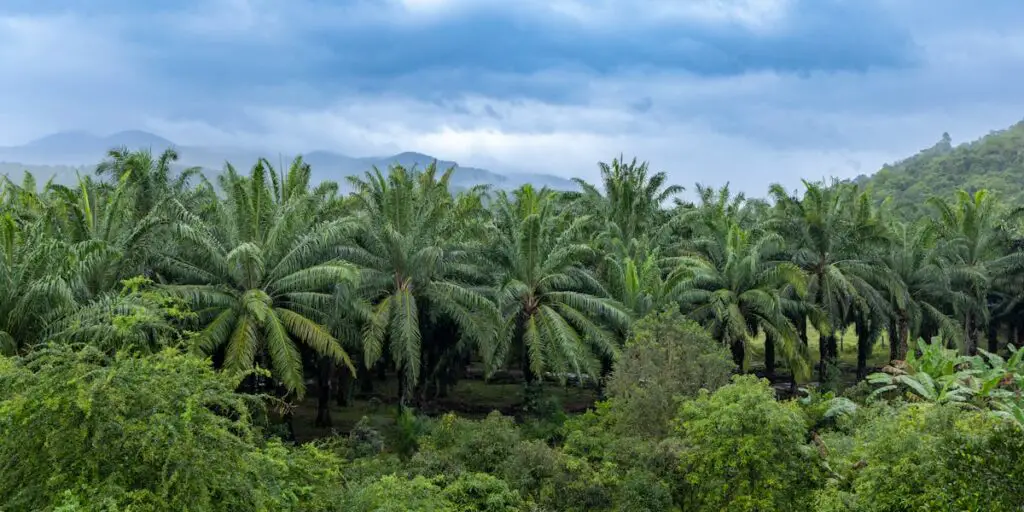The indirect use value of biodiversity lies in the vital ecosystem services it provides, which are not immediately tangible but essential for life. For instance, forests play a significant role in regulating the global climate by acting as carbon sinks, absorbing carbon dioxide, and mitigating the impacts of global warming.
Wetlands and mangroves protect coastal areas from erosion, floods, and storm surges. They act as natural water purification systems, filtering pollutants and maintaining water quality. Pollinators such as bees, butterflies, and birds are crucial for crop production, ensuring food security globally. Without pollination, agricultural yields would drastically decrease, affecting economies and livelihoods.
Biodiversity also supports soil fertility through nutrient cycling and decomposition processes, aiding agriculture. Furthermore, it provides indirect cultural and recreational benefits, as people derive aesthetic, spiritual, and recreational value from natural landscapes.
These services underscore the importance of biodiversity in maintaining ecosystem health and human well-being. Protecting biodiversity ensures the sustainability of these indirect benefits, highlighting the interconnectedness of all life forms.





